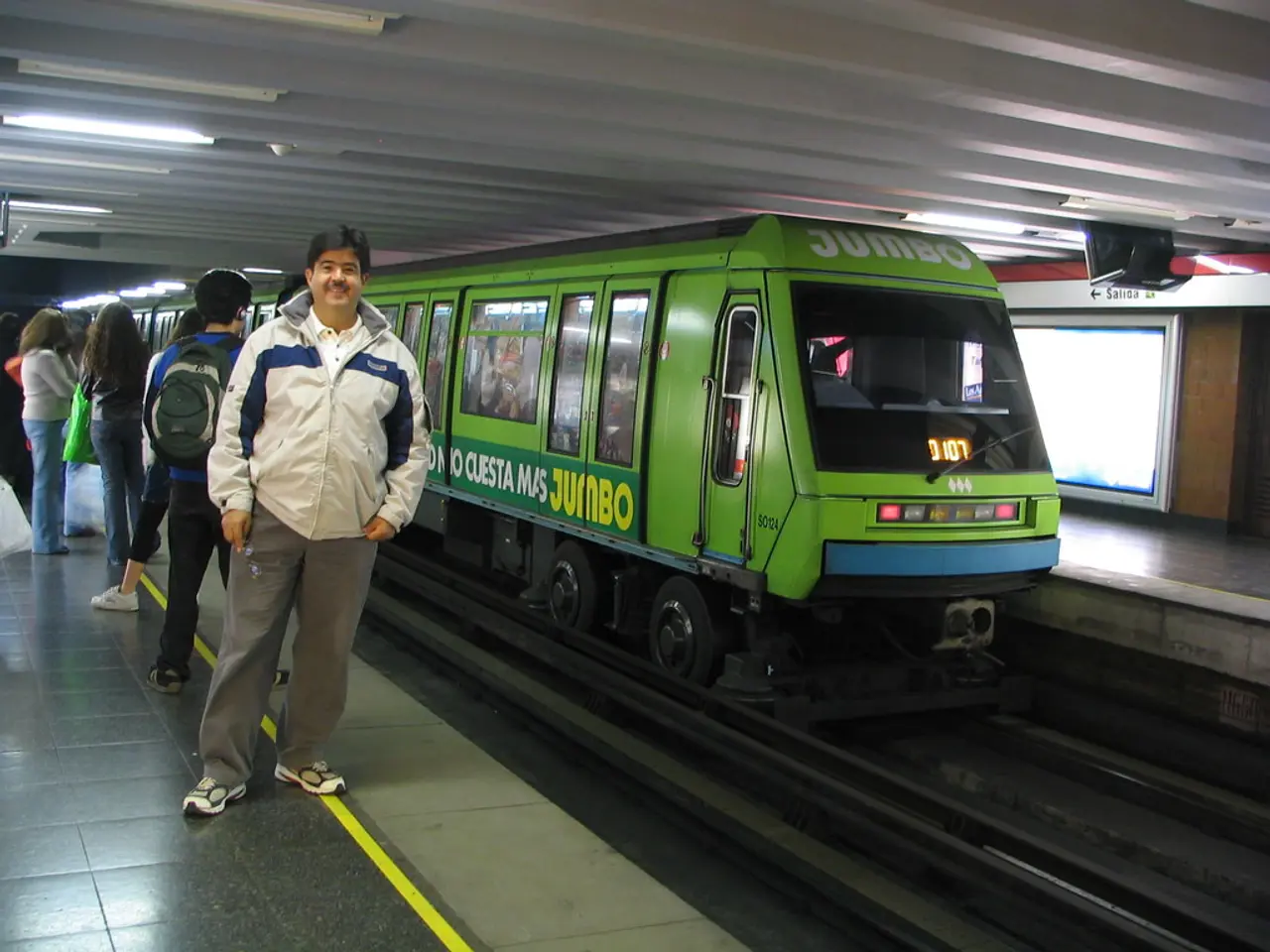Probe Initiated Following Disruption of Latvia's Railway Communication Network
On the afternoon of 3 July, an unexpected incident occurred on the Olaine-Torņakalns railway section involving train No. 6728. The Škoda electric train was in motion when a contact wire broke, causing the pantograph to be torn off and fall onto the train body.
Fortunately, the pantograph did not hit the train window, avoiding a potential risk of injury or even death to passengers. However, the incident did cause inconvenience to rail passengers, and the damage to the railway contact network posed a significant safety risk to train traffic and passenger transport.
Jāzeps Luksts, head of the Railway Accident Investigation Department, described the incident as a case of "luck in misfortune." The Bureau has launched an initial assessment of the accident to determine the possible causes of the damage to the contact network and the train's pantograph.
The incident occurred near the former 'Atgāzene' stop, but no passengers were injured or killed. The damaged contact wire caused the train's pantograph to be torn off, leaving the train without power.
The potential causes of such incidents can include physical damage or attacks on the contact network, wear and fatigue of materials, mechanical faults or misalignment between the pantograph and contact wire, environmental factors, and maintenance and infrastructure issues.
In a related case, an attack on railway infrastructure led to a cut contact wire and pantograph issues, resulting in disruption. While the specific cause of the Olaine-Torņakalns section incident on 3 July has not been detailed, physical damage (deliberate or accidental) is a likely cause. Mechanical fatigue and maintenance-related factors are other common causes in similar scenarios.
The Office considers the accident a significant safety risk to train traffic and passenger transport, emphasising the importance of maintaining the railway infrastructure and investigating incidents to prevent future occurrences. The assessment is aimed at understanding the potential causes of the damage to the railway contact network and the train's pantograph, with the ultimate goal of ensuring the safety of passengers and the smooth operation of train services.
- The incident causing the train's pantograph to be torn off on the Olaine-Tornŭkalns railway section was a stark reminder of the importance of ongoing investigations and maintenance in the transportation industry, particularly in the sector of general-news involving accidents.
- The Office's emphasis on maintaining the railway infrastructure is even more crucial in light of the potential causes of such incidents, which include physical damage, mechanical fatigue, and maintenance-related factors.
- The Bureau's investigation into the incident involving train No. 6728, where a contact wire broke, could potentially uncover findings that contribute to the finance department's allocation for infrastructure improvement and safety measures in the transportation industry.





